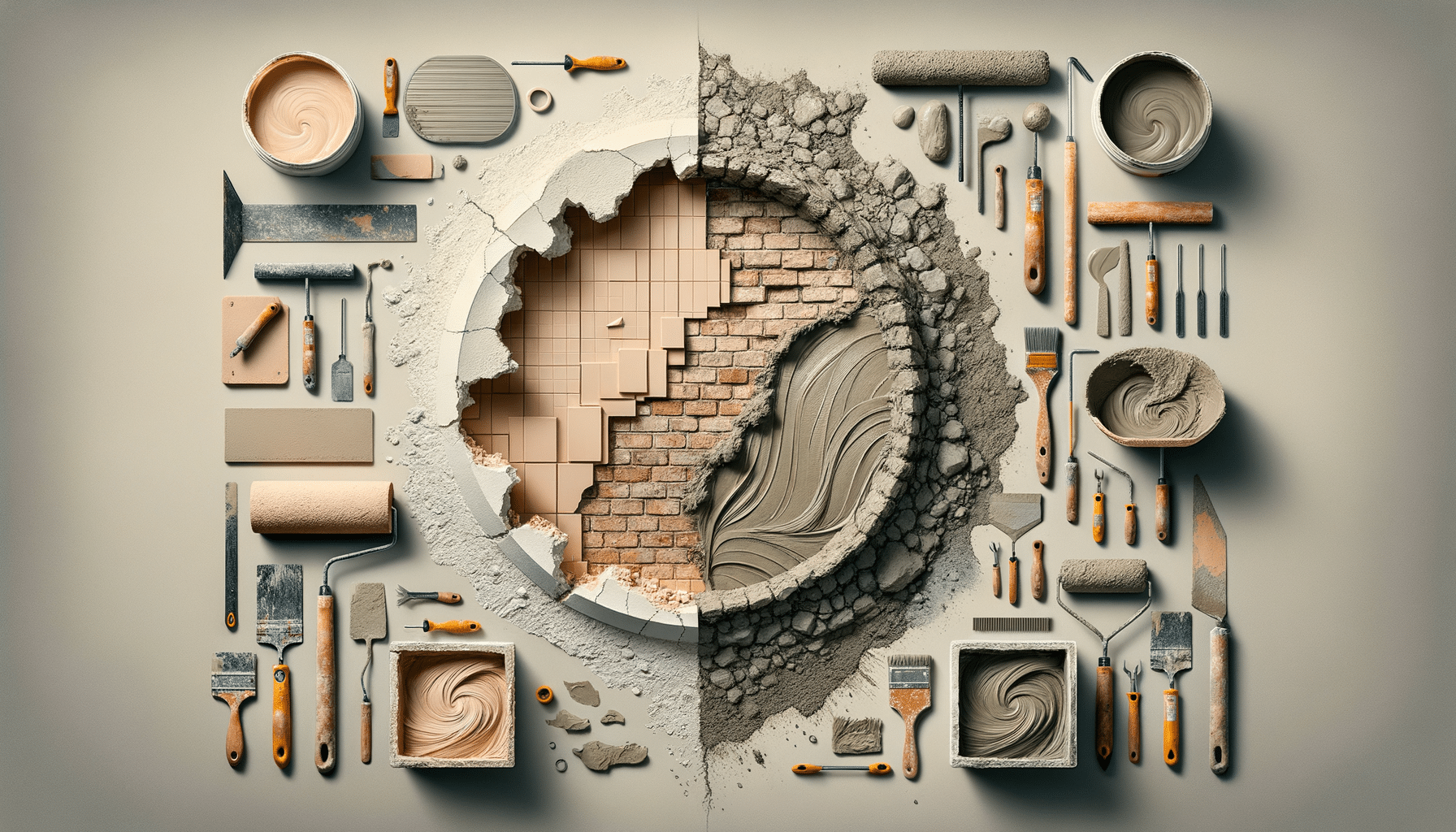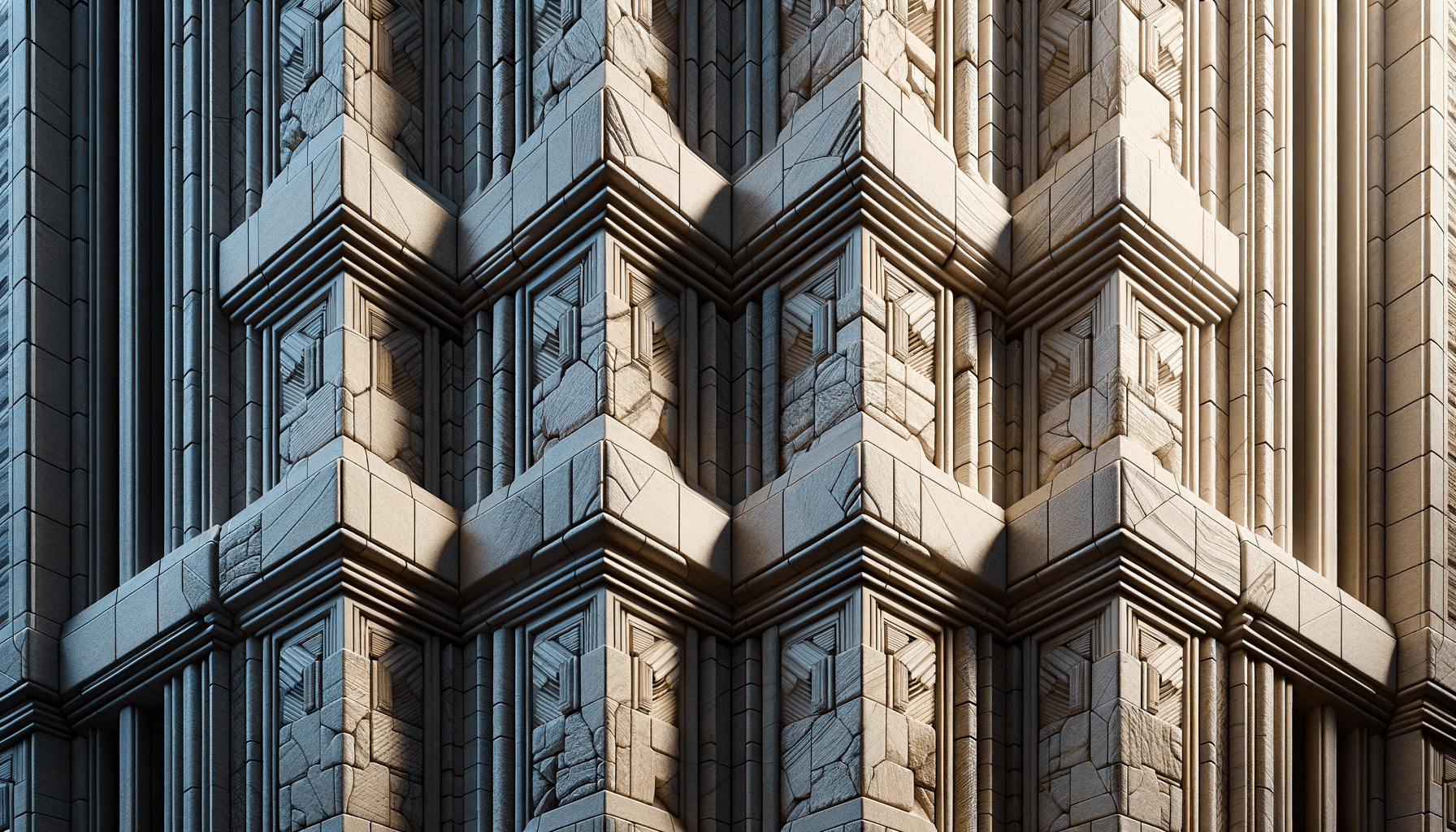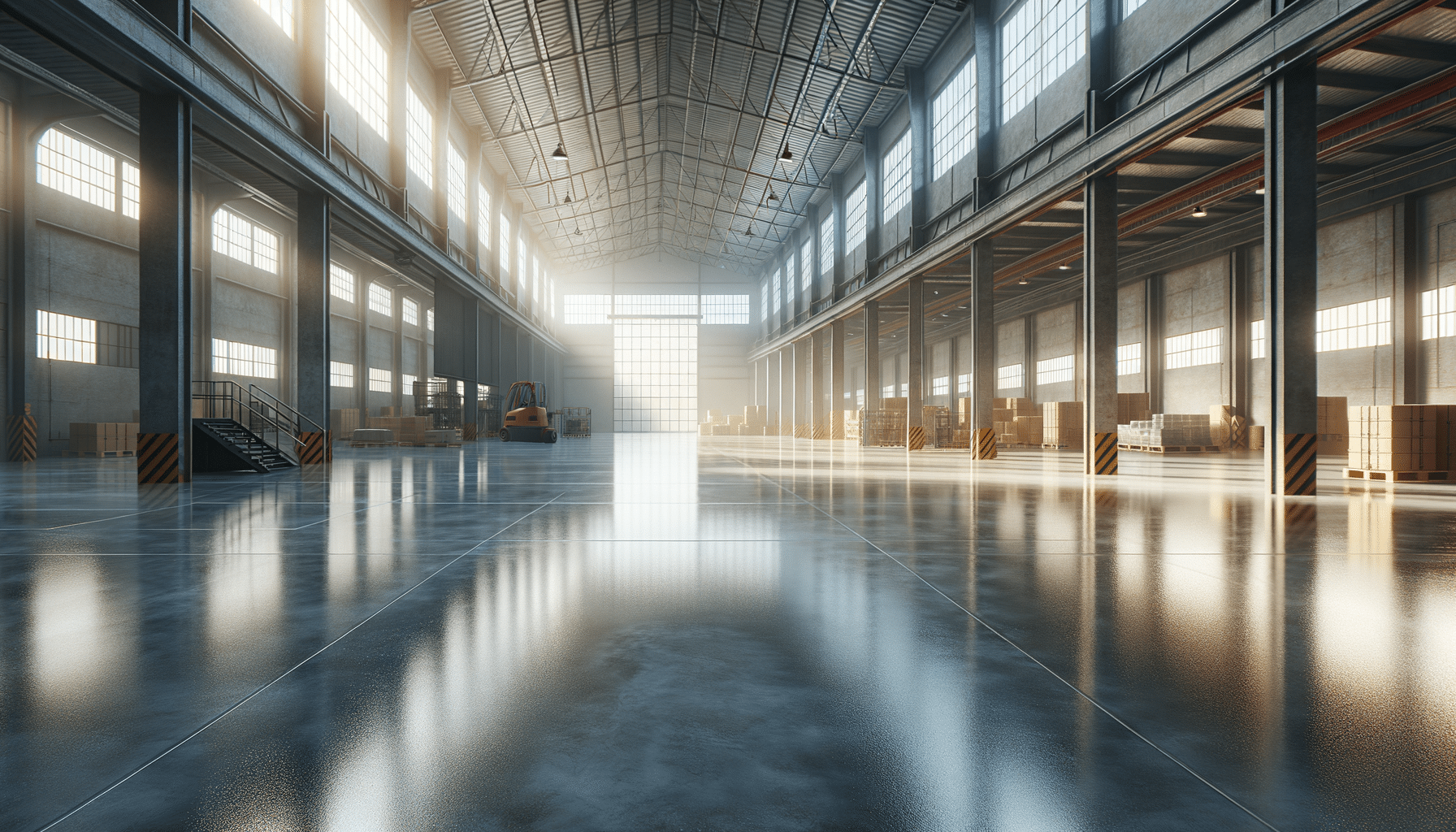
Understanding and Executing Stucco Repair: A Comprehensive Guide
Introduction to Stucco Repair
Stucco has long been a favored choice for both interior and exterior wall finishes due to its durability and aesthetic appeal. However, like any other building material, stucco is not immune to damage over time. Cracks, chips, and stains can mar its surface, necessitating repair. Understanding how to effectively repair stucco is crucial for homeowners and builders alike, as it not only restores the beauty of the structure but also ensures its longevity.
Stucco repair is essential for maintaining the structural integrity and aesthetic appeal of buildings. Whether it’s due to weather conditions, physical impact, or age, addressing these issues promptly can prevent more severe damage. This article will delve into the various aspects of stucco repair, offering insights into why it is necessary, how to approach it, and tips for achieving a seamless finish.
Common Causes of Stucco Damage
Understanding the root causes of stucco damage is the first step in effective repair. Several factors contribute to the deterioration of stucco surfaces:
- Weather Conditions: Extreme weather conditions such as heavy rain, wind, and temperature fluctuations can lead to cracks and erosion in stucco.
- Physical Impact: Accidental impacts from objects can chip or crack the surface.
- Aging: Over time, stucco can naturally degrade, leading to a need for repair.
By identifying these causes, property owners can take preventive measures to protect their stucco surfaces. Regular inspections and maintenance can significantly reduce the risk of severe damage, preserving both the appearance and structure of the building.
Steps to Repair Stucco
Repairing stucco involves several steps, each crucial for ensuring a successful outcome. Here’s a detailed guide:
- Assessment: Begin by assessing the extent of the damage. Determine whether the issue is superficial or if it affects the underlying structure.
- Preparation: Clean the damaged area thoroughly to remove any loose debris and dirt. This ensures proper adhesion of the new stucco.
- Mixing the Stucco: Prepare the stucco mix according to the manufacturer’s instructions. Consistency is key for a smooth application.
- Application: Apply the stucco in layers, allowing each layer to dry before adding the next. This prevents cracking and ensures a robust finish.
- Finishing: Once the final layer is applied, finish the surface to match the surrounding area. This may involve texturing or painting.
These steps, when followed meticulously, can restore the stucco to its original condition, enhancing both the aesthetic and functional aspects of the structure.
Choosing the Right Materials for Stucco Repair
The choice of materials plays a pivotal role in the success of a stucco repair project. Here are some considerations:
- Quality of Stucco Mix: Opt for a high-quality mix that matches the existing stucco in texture and color.
- Tools: Use the right tools, such as trowels and hawks, to apply and finish the stucco effectively.
- Sealants: Consider using sealants to protect the repaired area from moisture and weather-related damage.
Investing in good materials and tools can make a significant difference in the durability and appearance of the repair. It ensures that the repair not only looks seamless but also stands the test of time.
Preventive Measures and Maintenance Tips
Preventive maintenance can extend the life of stucco surfaces and minimize the need for repairs. Here are some tips:
- Regular Inspections: Conduct regular inspections to catch small issues before they escalate.
- Seal Cracks Promptly: Address small cracks and chips immediately to prevent moisture infiltration.
- Protect from Water Damage: Ensure proper drainage around the building to prevent water from pooling at the base of stucco walls.
By adopting these maintenance practices, property owners can significantly reduce the frequency and extent of stucco repairs, maintaining the beauty and integrity of their structures.
Conclusion
Stucco repair is a vital aspect of building maintenance, ensuring that structures remain both beautiful and structurally sound. By understanding the causes of stucco damage, following proper repair techniques, and choosing the right materials, homeowners can effectively address any issues that arise. Moreover, regular maintenance and preventive measures can go a long way in preserving the condition of stucco surfaces. Whether you’re a homeowner or a professional builder, mastering the art of stucco repair can enhance the longevity and appeal of any building.


